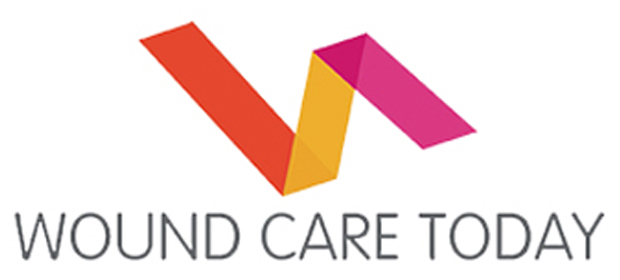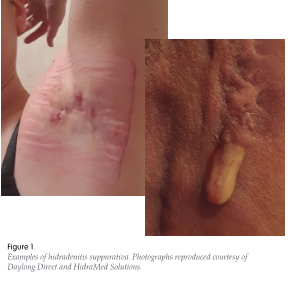References
Ingram JR, Coller F, Brown D, et al (2019) British Association of Dermatologists guidelines for the management of hidradenitus suppurativa (acne inversa) 2018. Br J Dermatol 180: 1009–17. Available online: https://onlinelibrary.wiley.com/doi/epdf/10.1111/bjd.17537
Jemec GB, Heidenheim M, Neilsen N (1996) The prevalence of hidradenitis suppurativa and its potential precursor lesions. J Am Acad Dermatol 35(2): 191–19
Kirby B, Delany EG, Hughes R, McCarthy S, Kirthi S, Markham T (2017) A cross-sectional epidemiological study of hidradenitis suppurativa in an Irish population (SHIP). J Eur Acad Dermatolo Venereol 32(3): 467–73
Moloney S, McGrath BM, Roshan D, Gethin G (2022) The personal impact of daily wound care for hidradenitis suppurativa. Dermatology 238(4): 762–71
NHS England (2022) The two-week wait skin cancer pathway: innovative approaches to support early diagnosis of skin cancer as part of the NHS COVID-19 recovery plan. Available online: www.england.nhs.uk/publication/the-two-week-wait-skin-cancer-pathway-innovative-approaches-to-support-early-diagnosis-of-skin-cancer-as-part-of-the-nhs-covid-19-recovery-plan/
Jemec GB, Heidenheim M, Neilsen N (1996) The prevalence of hidradenitis suppurativa and its potential precursor lesions. J Am Acad Dermatol 35(2): 191–19
Kirby B, Delany EG, Hughes R, McCarthy S, Kirthi S, Markham T (2017) A cross-sectional epidemiological study of hidradenitis suppurativa in an Irish population (SHIP). J Eur Acad Dermatolo Venereol 32(3): 467–73
Moloney S, McGrath BM, Roshan D, Gethin G (2022) The personal impact of daily wound care for hidradenitis suppurativa. Dermatology 238(4): 762–71
NHS England (2022) The two-week wait skin cancer pathway: innovative approaches to support early diagnosis of skin cancer as part of the NHS COVID-19 recovery plan. Available online: www.england.nhs.uk/publication/the-two-week-wait-skin-cancer-pathway-innovative-approaches-to-support-early-diagnosis-of-skin-cancer-as-part-of-the-nhs-covid-19-recovery-plan/



